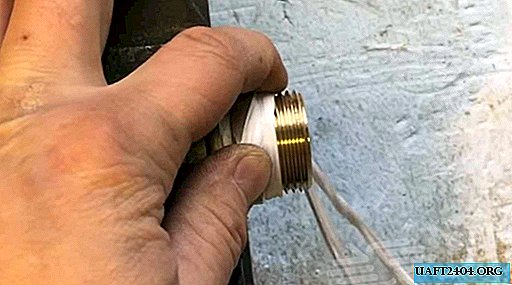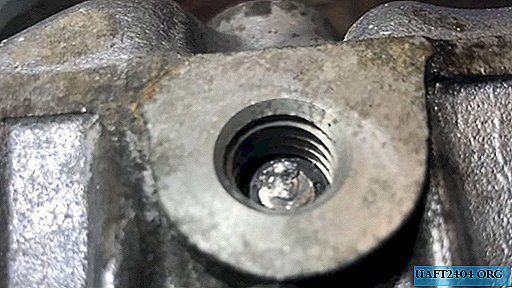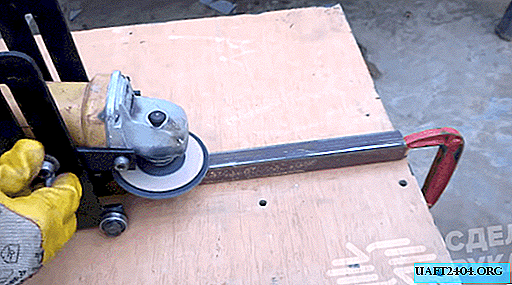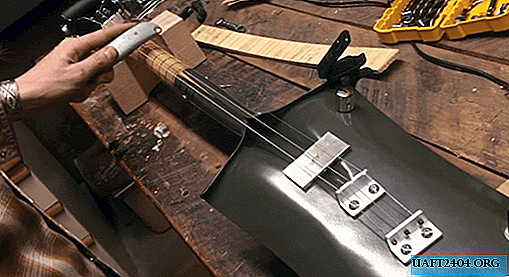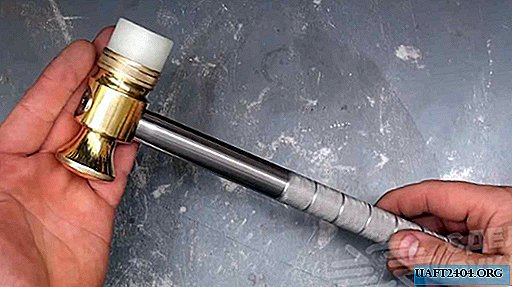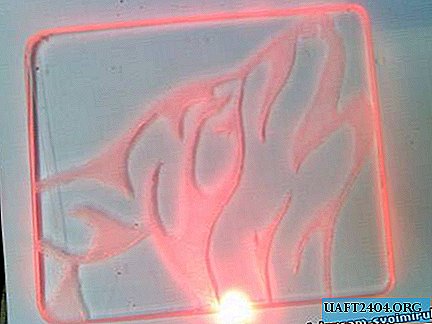Share
Pin
Tweet
Send
Share
Send
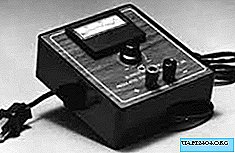
Hello! This is my first instruction! We are all surrounded by electrical appliances with different specifications. Most of them work directly from a 220 V AC network. But what to do if you come up with some non-standard device, or are carrying out a project that requires a specific voltage, and also with direct current. Therefore, I had a desire to make a power source that produces different voltages, and using the voltage regulator lm317 on the integrated circuit.
What does the power supply do?
First you need to understand the purpose of the power source.
• It must convert the alternating current received from the AC mains into direct current.
• It should provide a voltage of your choice, in the range from 2 V to 25 V.
Main advantages:
• Inexpensive.
• Simple and easy to use.
• Universal.
List of required components

1. 2 A step-down transformer (from 220 V to 24 V).
2. Voltage regulator lm317 IC with heat exchanger radiator.
3. Capacitors (polarized):
2200 microfarad 50 V;
100 microfarads 50 V;
1 microfarad 50 V.
(Note: the voltage rating of the capacitors must be higher than the voltage supplied to their contacts).
4. Capacitor (non-polarized): 0.1 microfarad.
5. Potentiometer 10 kOhm.
6. Resistance 1 kOhm.
7. Voltmeter with LCD display.
8. Fuse 2.5 A.
9. Screw clamps.
10. Connecting wire with plug.
11. Diodes 1n5822.
12. Mounting plate.
Drawing up an electric circuit

• At the top of the figure, the transformer is connected to AC power. It lowers the voltage to 24 V, but the current remains variable at a frequency of 50 Hz.
• The bottom half of the figure shows the connection of four diodes to the rectifier bridge. Diodes 1n5822 pass current at forward bias, and block the passage of current at reverse bias. As a result, the DC output voltage pulsates at a frequency of 100 Hz.

• In this figure, a capacitor with a capacity of 2200 microfarads is added, which filters the output current and provides a stable voltage of 24 V DC.
• At this point, a fuse can be included in the circuit in series to ensure its protection.
• So we have:
1. Step-down AC transformer up to 24 V.
2. The converter of alternating current to pulsating direct current with voltage up to 24 V.
3. Filtered current to obtain a clean and stable voltage of 24 V.
• All this will be connected to the lm317 voltage regulator circuit described below
Introduction to Lm317


• Now our task is to control the output voltage, changing it in accordance with our needs. For this, we use the voltage regulator lm317.
• Lm317, as shown in the figure, has 3 pins. These are the adjustment pin (pin1 - ADJUST), the output pin (pin2 - OUNPUT), and the input pin (pin3 - INPUT).
• The lm317 regulator generates heat during operation, therefore it requires a heat exchanger radiator
• The heat exchanger radiator is a metal plate connected to an integrated circuit to dissipate the heat generated by it into the surrounding space.
Lm317 wiring diagram explanation

• This is a continuation of the previous wiring diagram. For a better understanding, the lm317 connection diagram is shown here in detail.
• To ensure inlet filtering, it is recommended to use a 0.1 microfarad capacitor. It is very advisable not to place it near the main filtering capacitor (in our case, this is a 2200 microfarad capacitor).
• Using a 100 microfarad capacitor is recommended to improve damping. It prevents ripple amplification that occurs when the set voltage increases.
• A capacitor with a capacity of 1 microfarad improves the transient response, but is not necessary to stabilize the voltage.
• The protection diodes D1 and D2 (both 1n5822) provide a low impedance discharge path, preventing the capacitor from discharging to the output of the voltage regulator.
• Resistance R1 and R2 are needed to set the output voltage
• The figure shows the control equation. Here, the resistance R1 is 1 kOhm, and the resistance R2 (potentiometer with a resistance of 10 kOhm) is variable. Therefore, the voltage obtained at the output, according to this approximated equation, is set by changing the resistance R2.
• If necessary, obtain additional information on the characteristics of the lm317 on the integrated circuit, find such information on the Internet.
• Now the output voltage can be connected to a voltmeter with an LCD display, or you can use a multimeter to measure the voltage.
• Note: Resistance values R1 and R2 are selected for convenience. In other words, there is no solid rule that says that the resistance R1 should always be 1 kOhm, and the resistance R2 should be variable up to 10 kOhm. In addition, if you need a fixed output voltage, then you can set a fixed resistance R2 instead of AC. Using the above control formula, you can choose the parameters R1 and R2 at your discretion.
Completion of the electrical circuit

• The final circuit diagram is as shown.
• Now, using a potentiometer (ie, R2), you can obtain the required output voltage.
• The output will produce a clean, ripple-free, stable and constant voltage required to power a specific load.
PCB soldering
• This part of the work is done by hand.
• Make sure all components are connected exactly as shown in the wiring diagram.
• Screw clamps are used at the inlet and outlet
• Before connecting the manufactured power supply to the mains, double check the circuit.
• For safety reasons, you must wear insulated or rubber shoes before connecting the device to the mains.
• If everything is done correctly, then there is no likelihood of any danger. However, all responsibility lies solely with you!
• The final circuit diagram is shown above. (I soldered the diodes on the back of the circuit board. Forgive me for unprofessional soldering!).
Original article in English
Share
Pin
Tweet
Send
Share
Send

